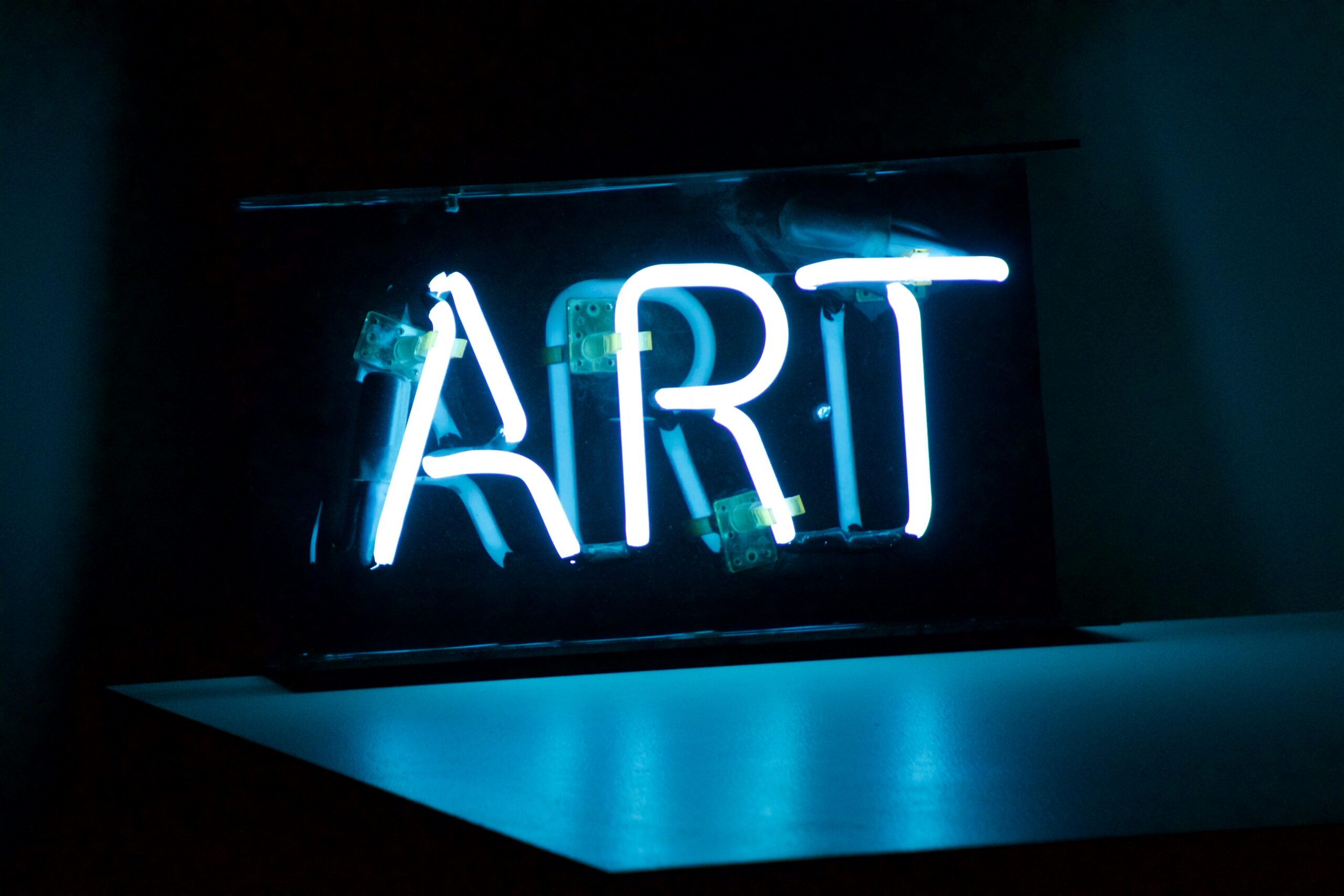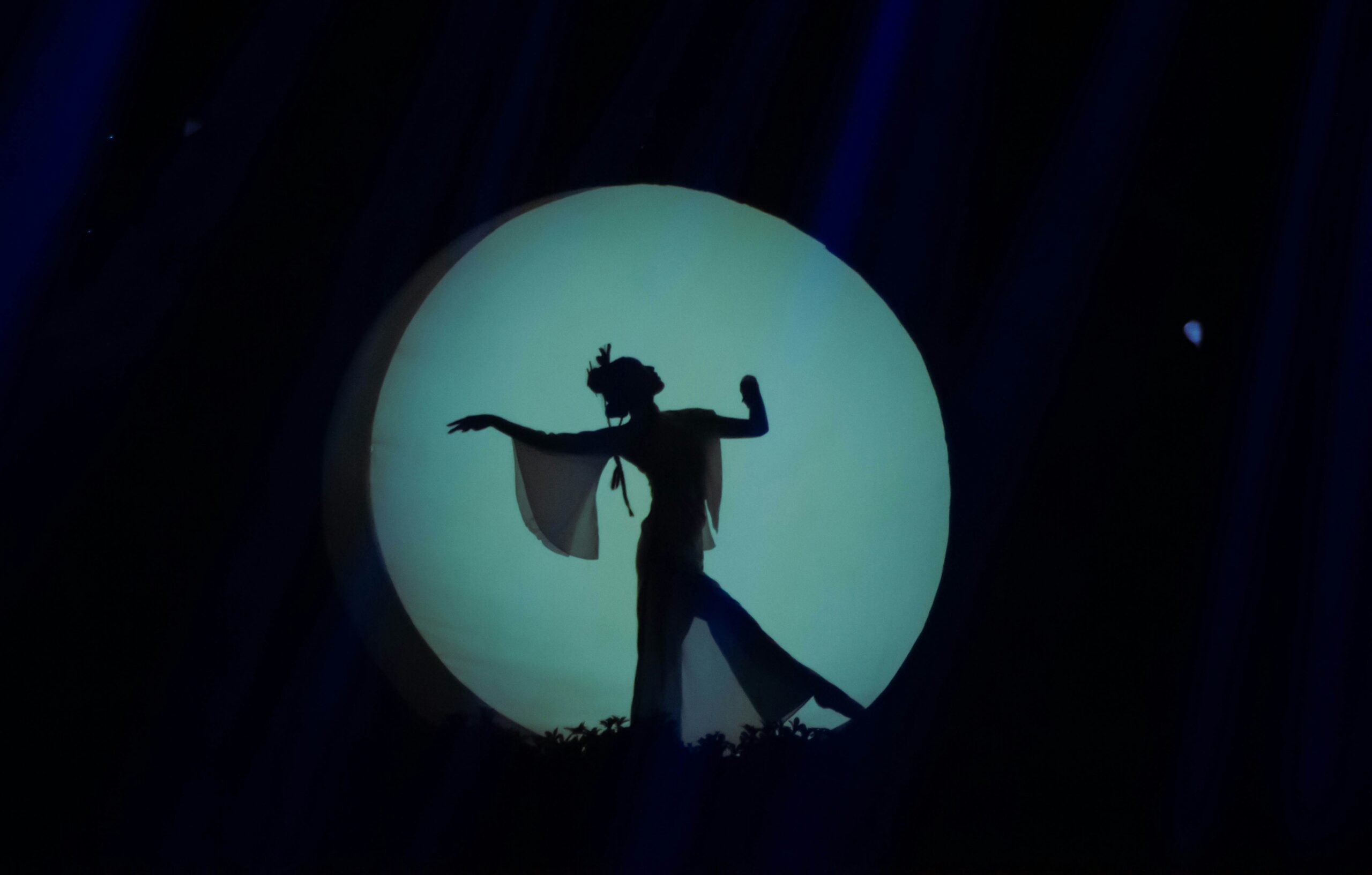What Is the Point of an Art Show? Exploring Community, Creativity, and Connection
Whenever I walk into an art show I feel a spark of excitement. The room buzzes with creativity and every piece on display tells a story. It’s more than just a collection of paintings or sculptures—it’s an experience that invites me to see the world through someone else’s eyes.
Art shows aren’t just for artists or collectors. They’re spaces where ideas collide and inspiration flows freely. I find myself connecting with the artwork and sometimes even with the artists themselves. For me that’s the real magic—discovering new perspectives and feeling part of a creative community.
Understanding the Purpose of an Art Show

Art shows create structured environments for presentation, appreciation, and interaction. I find these spaces reveal distinct purposes that support creative communities and wider audiences.
- Showcasing Artistic Talent
Art shows bring together a diverse range of established and emerging artists, such as painters, sculptors, and photographers, enabling direct visual comparison and appreciation.
- Facilitating Dialogue
Exhibitions encourage open conversations between artists and visitors. I notice how these settings prompt questions, critiques, and shared ideas, building deeper connections.
- Enabling Access to Art
Galleries and art fairs make artwork accessible to both casual viewers and potential buyers. Clear price lists and artist statements increase transparency and interest.
- Supporting Artist Recognition
Public and critical exposure enables recognition, awards, or future opportunities. Solos and group shows offer visibility for lesser-known artists.
- Fostering Community Growth
Events cultivate a sense of belonging among participants, volunteers, and supporting organizations. Collective attendance boosts local culture and creative industries.
Art Show Purpose Table
| Purpose | Example Instance | Key Beneficiaries |
|---|---|---|
| Showcasing Talent | Painting exhibitions | Artists, Collectors |
| Facilitating Dialogue | Q&A with artists | Public, Curators |
| Enabling Access | Art fairs, open studios | Buyers, Students, General Public |
| Supporting Recognition | Juried competitions | Emerging Artists |
| Fostering Community | Local festival exhibitions | Art Institutions, Civic Groups |
Each instance, from film screenings in pop-up galleries to juried awards in contemporary museums, supports engagement, exchange, and discovery.
The Role of Art Shows in the Art Community

Art shows serve a central function in the art community, offering a structured venue for meaningful engagement and creative development. I see them creating vital networks among artists, audiences, and institutions that fuel the contemporary art ecosystem.
Connecting Artists and Audiences
Art shows connect artists and audiences directly, building lasting relationships in the creative sector. I’ve met artists in-person at these events, which has led to insightful conversations and mutual understanding. Visitors interact with pieces in real time—viewing paintings, sculptures, and installations up-close—allowing for personal interpretations and questions to emerge naturally. Artists often receive immediate feedback, making the experience collaborative. These exchanges encourage visitors to ask questions about technique or inspiration, deepening appreciation for the presented works.
| Key Interaction | Example | Outcome |
|---|---|---|
| Live Q&A | Gallery walkthrough with artist | Greater audience insight |
| Feedback Session | Visitors leave comments/cards | Artists gain new perspectives |
| Guided Tour | Curator explains a collection | Enhanced context for audience |
Supporting Emerging Talent
Art shows promote emerging talent by spotlighting early-career artists, frequently featuring them in group exhibitions, juried shows, and student showcases. I watch new artists gain recognition through exposure to curators, collectors, and peers. Exposure at local art events often leads to commercial opportunities, residency invitations, or further exhibitions. Art show juries provide constructive critique, helping artists learn and improve.
| Support Mechanism | Description | Example Result |
|---|---|---|
| Juried Competitions | Artists submit work for expert evaluation | Prize, exhibition offer |
| Emerging Artist Booths | Dedicated space at art fairs | New audience discovery |
| Artist Talks | Platform for artists to share process and ideas | Increased media attention |
Art shows function as a bridge between expression and engagement, reinforcing the art community’s foundation by connecting, supporting, and inspiring everyone involved.
Benefits of Attending an Art Show

Art shows connect diverse audiences with creativity, culture, and ideas in real time. I can see direct engagement with artists and artworks shape the experience and value of each event.
Fostering Cultural Appreciation
Art shows promote understanding of various cultures, mediums, and viewpoints. I encounter artworks from global backgrounds, such as Japanese ink paintings, African tribal masks, and contemporary US installations. By seeing these side by side, I compare traditions, discover visual trends, and gain insight into societal themes.
Table: Artworks by Origin Displayed in Recent US Art Shows
| Country/Region | Example Artwork | Year Featured |
|---|---|---|
| Japan | Sumi-e ink landscape | 2023 |
| Nigeria | Yoruba carved mask | 2022 |
| France | Impressionist oil painting | 2023 |
| Mexico | Dia de los Muertos sculpture | 2024 |
| United States | Mixed media political collage | 2023 |
Encouraging Creative Dialogue
Art shows spark conversations among artists, curators, and audiences. I attend panels, participate in Q&A sessions, and join informal discussions on technique, material, and meaning. Real-time feedback and exchange of ideas often motivate artists to evolve their work and visitors to reconsider their perspectives.
Table: Types of Creative Dialogues at Art Shows
| Format | Description | Example Topic |
|---|---|---|
| Artist Talk | Direct presentation by artist | « Inspiration and Process » |
| Panel Discussion | Multiple experts on one stage | « Art in the Digital Age » |
| Audience Q&A | Interactive questions with artists | « Meaning Behind the Motif » |
| Critique Session | Group evaluation with feedback | « Texture Use in Mixed Media » |
Art shows use these interactions to bridge the gap between creator and viewer while forming dynamic community connections.
How Art Shows Impact the Art Market
Art shows shape the art market by influencing sales trends and fostering essential professional relationships. I encounter unique opportunities for artists, collectors, and industry professionals that directly impact how artworks are valued and circulated.
Promoting Sales and Exposure
Art shows boost sales and enhance visibility for artists and galleries. I see the direct correlation between live exhibitions and market activity, since works displayed in art shows often reach targeted audiences ready to purchase or invest. When galleries use these events to showcase curated selections, collectors respond quickly—usually within the duration of the show. Artists secure deals, attract international buyers, and sometimes even negotiate exclusive representation agreements.
| Art Show Metrics | Typical Range | Source |
|---|---|---|
| Sales Conversion Rate | 15%–35% (per event) | Artsy, 2023 |
| Average Artwork Price | $2,000–$10,000 (US shows) | Art Basel/UBS Report |
| Attendance per Show | 1,000–100,000+ visitors | The Art Newspaper, 2023 |
Exposure remains a critical outcome. Press coverage, social media shares, and personal recommendations from influential visitors extend far beyond closing day. Curators, critics, and bloggers amplify select pieces, fueling long-term interest and increased demand.
Building Valuable Networks
Professional connections in art shows transform careers and gallery operations. I interact with a variety of stakeholders—artists, curators, critics, gallerists, and collectors—in one space. Firsthand conversations at booths, after-event mixers, and panel sessions introduce me to collaborators and foster trust-based relationships that persist beyond the event.
I observe that established networks formed in these environments result in exhibition invites, private commissions, and publication features. Insider access to trends, upcoming talents, and acquisition opportunities offers competitive advantages for all participants versed in the industry.
| Networking Outcome | Context Example |
|---|---|
| Gallery Representation | Artists signed post-exhibition, e.g., New York shows |
| Institutional Collaborations | Museums sourcing works directly from fair contacts |
| Collector-Artist Connections | Direct commissions and studio visits arranged onsite |
Art shows operate as pivotal market engines, ensuring continuous interaction and exchange between creators and the wider art economy.
Why Art Shows Matter in Today’s Society
Art shows shape communities, influence creative economies, and drive public dialogue. I consistently see their impact across several distinct societal aspects.
1. Strengthening Local Identity
Art shows strengthen local identity, with cities using public exhibitions and festivals to showcase regional talent, history, and creative voices. For example, annual art fairs like Art Basel Miami Beach draw thousands and position the city as a cultural destination.
2. Encouraging Social Dialogue
Art shows encourage social dialogue, presenting works that address topics such as race, gender, heritage, and social justice. Examples include group exhibitions on climate change or gender equity, where artists and communities engage in critical conversations.
3. Supporting Education and Youth Engagement
Art shows support education and youth engagement, with initiatives like student showcases, interactive workshops, and school field trips providing hands-on learning outside traditional classrooms.
4. Generating Economic Activity
Art shows generate economic activity, benefiting artists, local businesses, and organizations. According to The Art Newspaper, global art fair sales reached $16.6B in 2022, with cities reporting heightened hospitality, dining, and transport revenues during major events.
5. Increasing Accessibility to Art
Art shows increase accessibility to art through free or low-cost entry and digital displays. Museums, galleries, and pop-ups invite broad audiences rather than limiting access to a select few.
Societal Impact of Art Shows: Key Metrics
| Societal Benefit | Example Event/Feature | Measurable Impact |
|---|---|---|
| Community Engagement | Local public art fairs | 2–5x rise in festival attendance |
| Economic Boost | Art Basel, Frieze, Venice Biennale | $100M+ local revenue per event |
| Youth Participation | Student competitions, school visits | 25%+ student increase at museums |
| Cultural Dialogue | Themed exhibitions on social issues | 70% visitor approval for content |
| Accessibility Improvements | Free digital exhibitions, pop-up galleries | 40% rise in new audience segments |
Art shows act as cultural engines. I witness their ability to propel creative, economic, and social progress in every thriving community.
Conclusion
When I walk into an art show I feel the pulse of creativity and connection that makes these events so vital. Art shows aren’t just gatherings—they’re living spaces where ideas spark and relationships form right before my eyes.
Every visit leaves me inspired and more deeply connected to both the art and the people behind it. That sense of discovery and community is what keeps me coming back. For anyone curious about art or eager to engage with new perspectives there’s truly nothing quite like the energy of an art show.
Frequently Asked Questions
What is the main purpose of art shows?
Art shows create structured spaces for artists to present their work and for audiences to engage with diverse art forms. They foster community, encourage dialogue, and make art accessible to everyone, not just collectors or experts.
Who can attend art shows?
Anyone can attend art shows. They are open to the public and designed to welcome people of all backgrounds, including casual viewers, students, collectors, and those simply interested in creativity and culture.
How do art shows benefit artists?
Art shows offer artists exposure, networking opportunities, and direct audience feedback. They help emerging artists gain recognition, lead to sales, and often open doors to future exhibitions and professional relationships.
How do art shows affect local communities?
Art shows boost local culture and economy by highlighting regional talent, attracting visitors, and supporting local businesses. They also encourage public dialogue on important issues and foster a sense of belonging within the community.
How do visitors benefit from attending art shows?
Visitors can experience creativity firsthand, connect with artists, and learn about different cultures and ideas. Art shows inspire new perspectives, offer personal enrichment, and provide opportunities to purchase original artwork.
What impact do art shows have on the art market?
Art shows influence art sales, increase artists’ visibility, and strengthen connections within the industry. They help set trends, determine artwork values, and create important opportunities for artists, galleries, and collectors.
Do art shows support emerging artists?
Yes, art shows often feature group exhibitions and juried competitions that spotlight emerging talent. This exposure can lead to recognition, sales, and ongoing career development for early-career artists.
Are art shows only about viewing art?
No, art shows offer interactive experiences like artist talks, panels, and Q&A sessions. They encourage meaningful conversations between artists, curators, and visitors, making each show dynamic and engaging.
How do art shows support education?
Art shows frequently offer educational programs, youth workshops, and guided tours. These initiatives help young people and learners of all ages engage with art, fostering creativity and cultural understanding.
What is the social impact of art shows?
Art shows bring people together, promote dialogue on cultural and social issues, and help shape local identity. They play a crucial role in building strong, creative, and inclusive communities.
